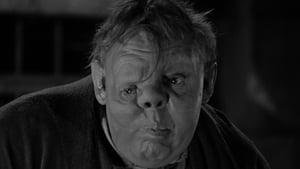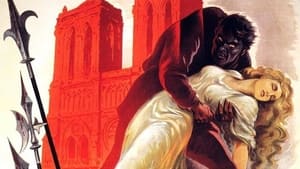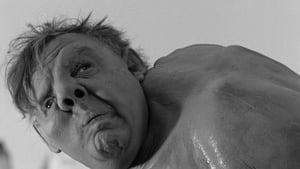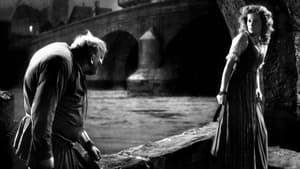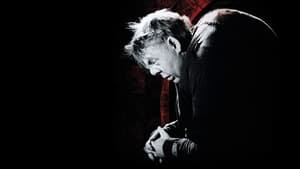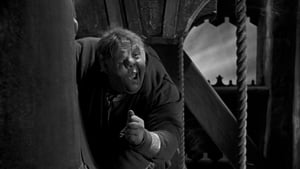Video Sources 0 Views
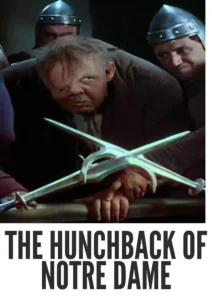
Synopsis
Gargoyles, Grandeur, and Grit: The Hunchback of Notre Dame (1939) in Vivid Color

Immerse yourself in the medieval majesty of The Hunchback of Notre Dame, a timeless gothic drama from 1939, now exquisitely colorized for a breathtaking viewing experience. Starring Charles Laughton in a memorable performance, this adaptation of Victor Hugo’s classic novel brings the iconic characters and sweeping narrative to life with renewed vibrancy. Perfect for fans of classic cinema and historical epics, this HD download offers a visually stunning and emotionally resonant journey into the heart of 15th-century Paris. Also known as Notre Dame or Esmeralda, this movie is a must-see.
The Hunchback of Notre Dame Storyline: A Tale of Love, Prejudice, and Redemption
The Hunchback of Notre Dame tells the poignant story of Quasimodo (Charles Laughton), the bell-ringer of Notre Dame Cathedral. Living a solitary life within the cathedral walls due to his physical deformities, Quasimodo finds himself drawn to the beautiful and compassionate Romani dancer, Esmeralda (Maureen O’Hara).Esmeralda’s kindness touches Quasimodo’s heart, and he becomes fiercely protective of her. However, their connection draws the attention of others, including the corrupt Judge Frollo, who becomes obsessed with Esmeralda. As Frollo’s obsession grows, he orchestrates a series of events that threaten Esmeralda’s life. Quasimodo, torn between his loyalty to the church and his love for Esmeralda, must find the courage to defy societal norms and fight for justice. The film culminates in a dramatic confrontation that explores themes of love, prejudice, and redemption.
Movie Cast
The film boasts a stellar cast who bring depth and emotion to this timeless story:
- Charles Laughton as Quasimodo
- Maureen O’Hara as Esmeralda
- Cedric Hardwicke as Frollo
- Thomas Mitchell as Clopin
- Alan Marshal as Phoebus
Movie Genre
The Hunchback of Notre Dame transcends genre, blending elements of gothic drama, historical romance, and social commentary. Its powerful themes and unforgettable characters make it a cinematic masterpiece.
Historical Context: A Golden Age of Hollywood
Released in 1939, The Hunchback of Notre Dame stands as a testament to the Golden Age of Hollywood, showcasing the studio system’s ability to produce lavish and artistically ambitious films. This adaptation is considered one of the most faithful and visually impressive interpretations of Victor Hugo’s novel, reflecting the era’s commitment to quality filmmaking.
Colorization Details
This colorized version of The Hunchback of Notre Dame has been meticulously restored using state-of-the-art digital techniques, enriching the visual experience while honoring the film’s original artistic vision. The colorization process involved careful analysis of the black and white tones, resulting in vibrant and lifelike colors that enhance the film’s atmosphere. This painstaking process breathes new life into the characters and settings, making the story even more captivating for contemporary viewers.
Technical Details
- Director: William Dieterle
- Screenplay: Sonya Levien, Bruno Frank
- Based on: the novel by Victor Hugo
- Cinematography: Joseph H. August
- Edited by: Robert Wise
- Production Company: RKO Radio Pictures
- Distributed by: RKO Radio Pictures
- Runtime: 117 minutes
Technical Specifications
- Download Format: MP4
- Resolution: HD (1080p)
- Compatibility: Compatible with most devices, including smartphones, tablets, computers, and smart TVs.
Reviews and Critical Reception
The Hunchback of Notre Dame (1939) is widely regarded as a cinematic triumph, praised for its powerful performances, stunning visuals, and timeless story. It remains a beloved classic and a significant achievement in Hollywood history.
FAQs
- Q: What is The Hunchback of Notre Dame about?
- A: The Hunchback of Notre Dame is a gothic drama about Quasimodo, a deformed bell-ringer who finds love and compassion in Esmeralda, a Romani dancer.
- Q: Is The Hunchback of Notre Dame (1939) a faithful adaptation of Victor Hugo’s novel?
- A: Yes, this adaptation is considered one of the most faithful and visually impressive interpretations of the novel.
- Q: Is this version of The Hunchback of Notre Dame colorized?
- A: Yes, this version has been professionally colorized to enhance the viewing experience.
- Q: What makes The Hunchback of Notre Dame a classic film?
- A: The film’s powerful themes, unforgettable characters, and stunning visuals make it a timeless masterpiece.
- Q: What is the download format?
- A: The download format is MP4, which is compatible with most devices.
- Q: What resolution is the download?
- A: The resolution is HD (1080p), providing a high-quality viewing experience.
Download Now in HD!
Watch The Hunchback of Notre Dame Today!
